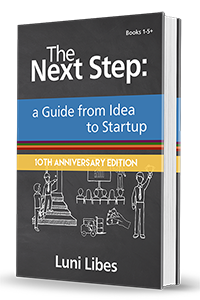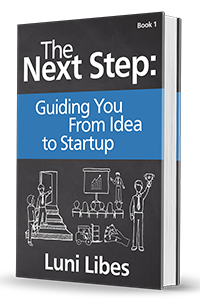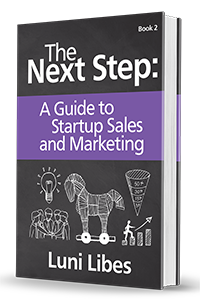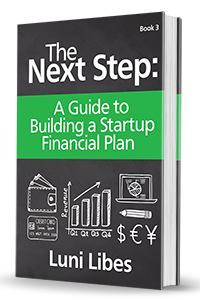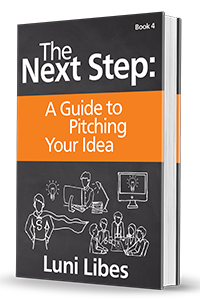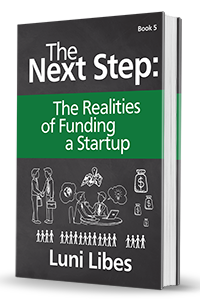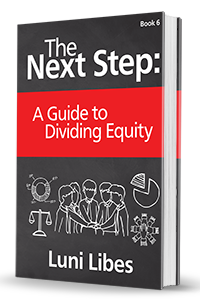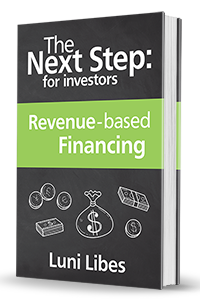
There are a lot of great posts buried in this blog’s archives that are still quite apt. Today is another reprise, this time revisiting the (often invisible) tradeoff between efficiency and resilience. Last time I explained that tradeoff with the case study of electricity blackouts in Texas and how that related to Google’s monopoly on search and Amazon’s dominance of eCommerce...










